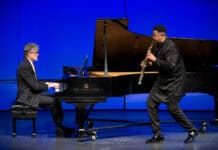Longtime native and resident of the Verde Valley, Lincoln “Fred” Piper died May 24, 2022, or “rode out on the Black Horse” according to his family. He was 96.
Piper was born July 24, 1925, the oldest of five sons born into the union of two early northern Arizona families.
A cowboy, movie worker, heavy equipment operator and World War II turret gunner, above all else, Fred Piper was a story-teller.
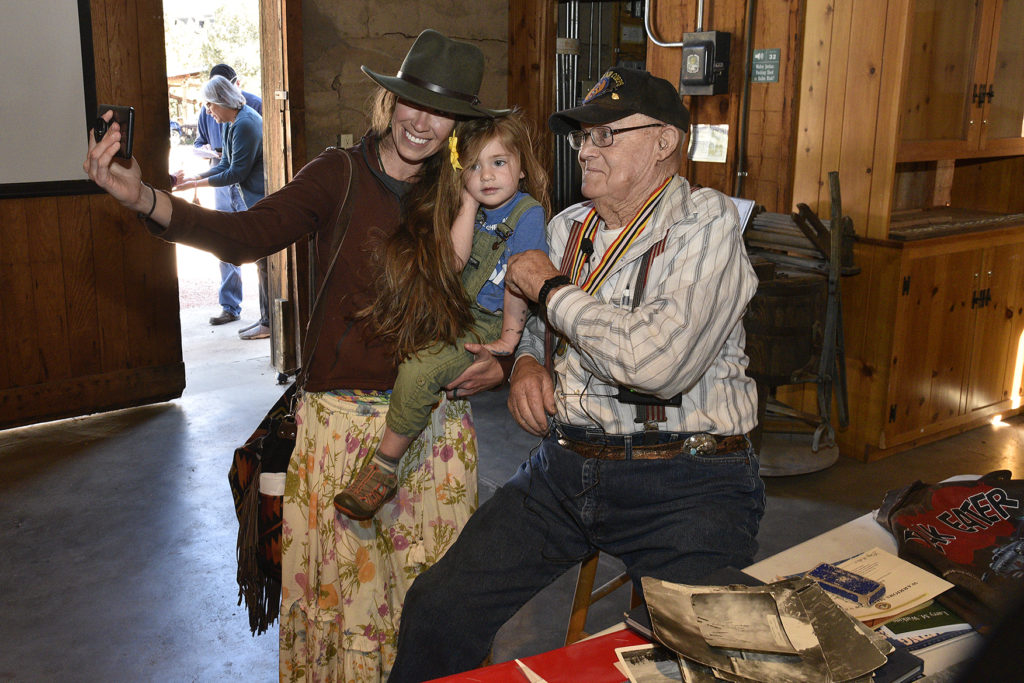
Proud of his Sedona roots, Piper could trace his native son lineage to the early 1900s when his grandfather Piper moved his family to Flagstaff and went to work on the new railroad to Lincoln “Linc” and Adda Smith, who had farmed at Montezuma Well.
When Fred’s father, Chauncey LeeRoy “Lee” Piper took a job working on the new Oak Creek Canyon road, he met Della Rae Smith, daughter of Linc and Adda, and they married in 1925. Their first son, Fred, was born prematurely by lantern light in an Oak Creek Canyon log cabin. But, a self-proclaimed scrapper, Fred survived.
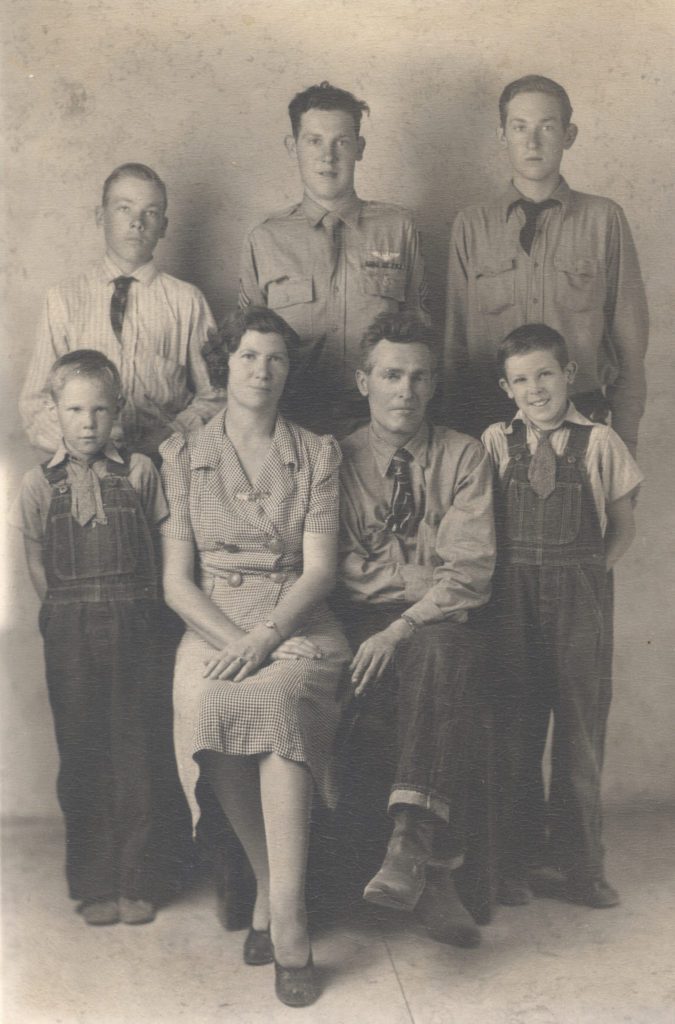
While still living in Oak Creek Canyon, Lee Piper homesteaded 45 acres in Little Horse Park, which is today’s Chapel area. The family lived first in a log cabin at the foot of Twin Buttes from 1931 until they built a frame house in 1941 with lumber from the old Civilian Conservation Corps Camp in Sedona, which was being dismantled, and a movie set.
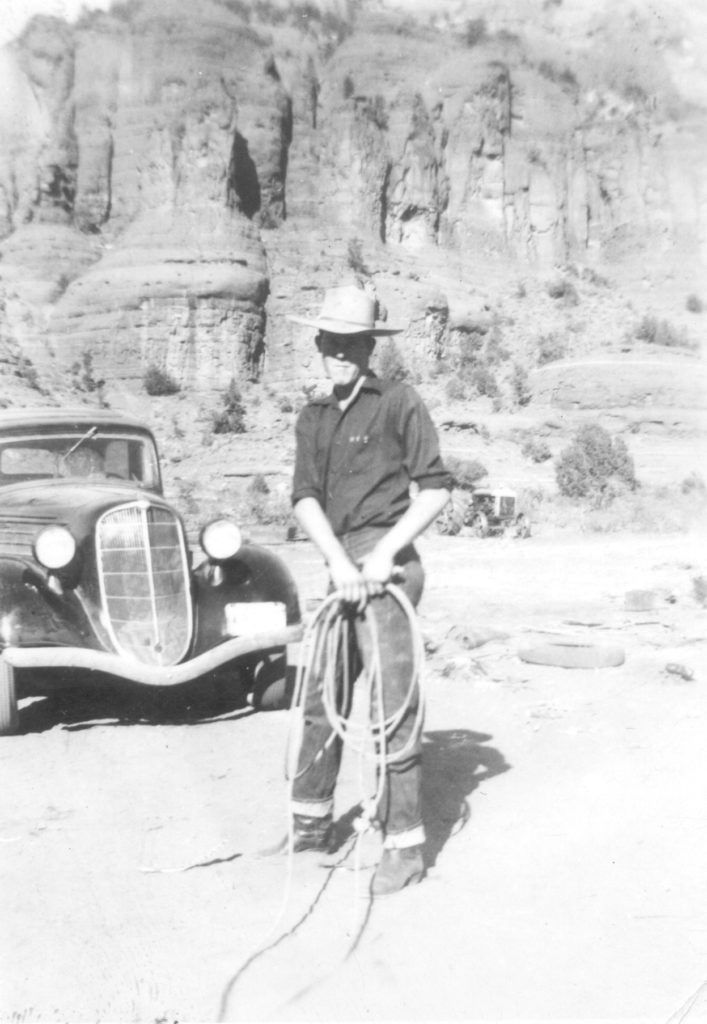
Later the family built an adobe house from mud bricks they made themselves. When old enough, Fred Piper and his brothers walked about four miles to the Sedona School on Brewer Road.
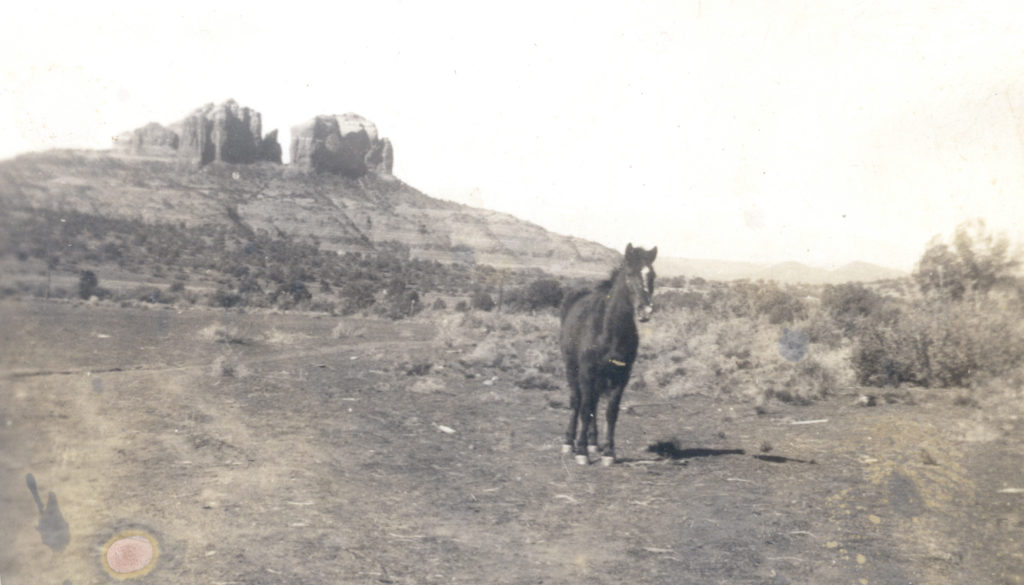
With no creek, spring nor well, the family hauled water from Oak Creek in Sedona to their property. They raised sheep, rabbits and chickens, and dry-farmed corn and watermelons. The family didn’t have much money, so Della Piper, a good seamstress, made shirts for her husband and her boys.
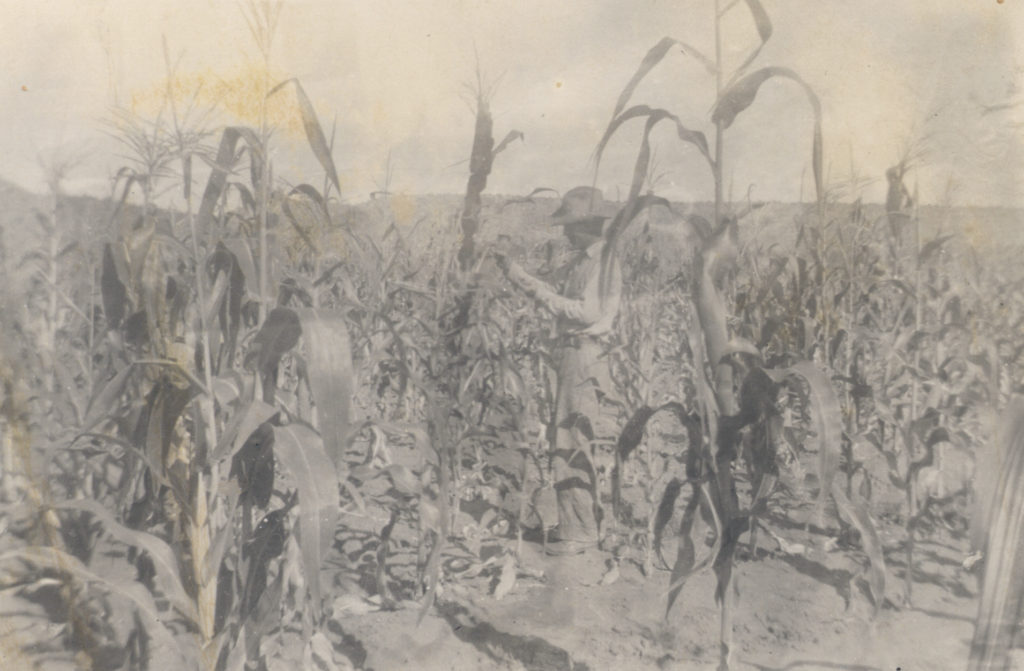
Miles from their nearest neighbor, the family made their own fun. Piper remembered that on Saturday nights, his dad would hook up their car battery to a radio so they could listen to the Grand Ole Opry. When there were dances at the school, his mom would sometimes sit in and play her violin for the dancers.
Della Piper had to be a special mom to raise her five rowdy — and hungry — sons. She was known to always have a pot of pinto beans cooking on the stove and she made biscuits mostly every day. She hunted and fished with her boys and hauled wood with them, too.
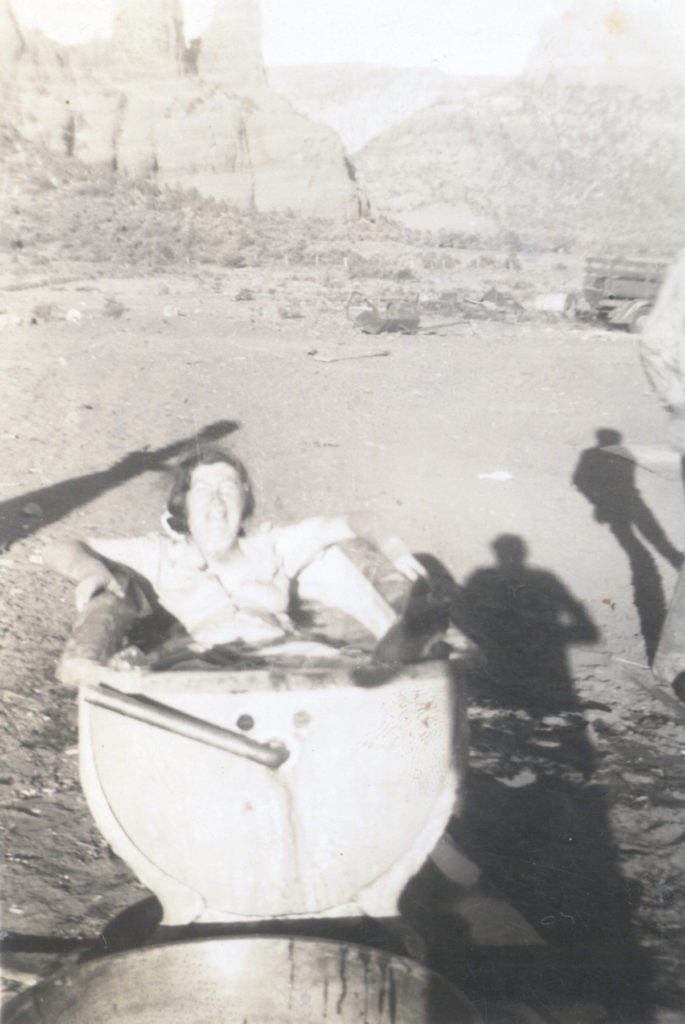
Piper was introduced to a strong work ethic early in life. His mother worked cleaning cabins and cooking at the Sedona Lodge, which hosted most of the movie crews, and sewing dresses for neighbors. His father had his sons cut fence poles, dig post holes, help put up hay and do other chores, both at home and for neighbors who could pay. The boys hunted deer and jackrabbits to put meat on the family dinner table. In the meantime, grandfather Linc Smith introduced all the boys to cowboying. At his prime, Smith was known as one of the best cowboys in the Verde Valley.
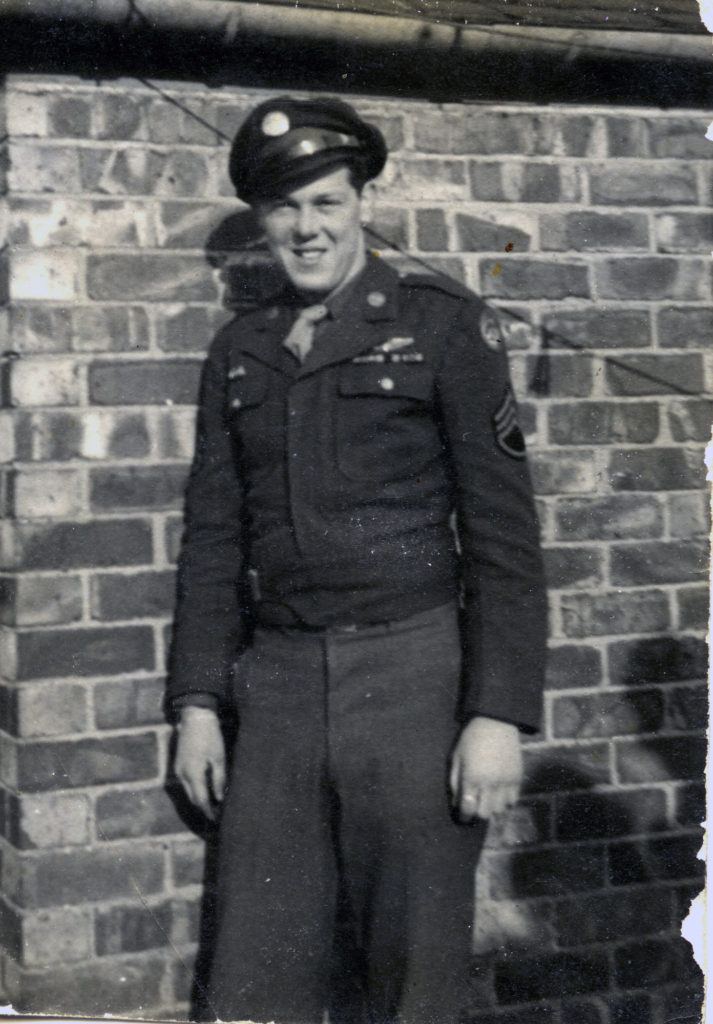
The small and waterless Piper homestead wasn’t productive enough to grow crops to feed the family, so Lee Piper continued to work other jobs, as did Fred Piper and his brothers at early ages. Lee Piper helped build Schnebly Hill Road, was a stone mason and built some of the rock buildings in Sedona, including part of the Cowboy Club in Uptown.
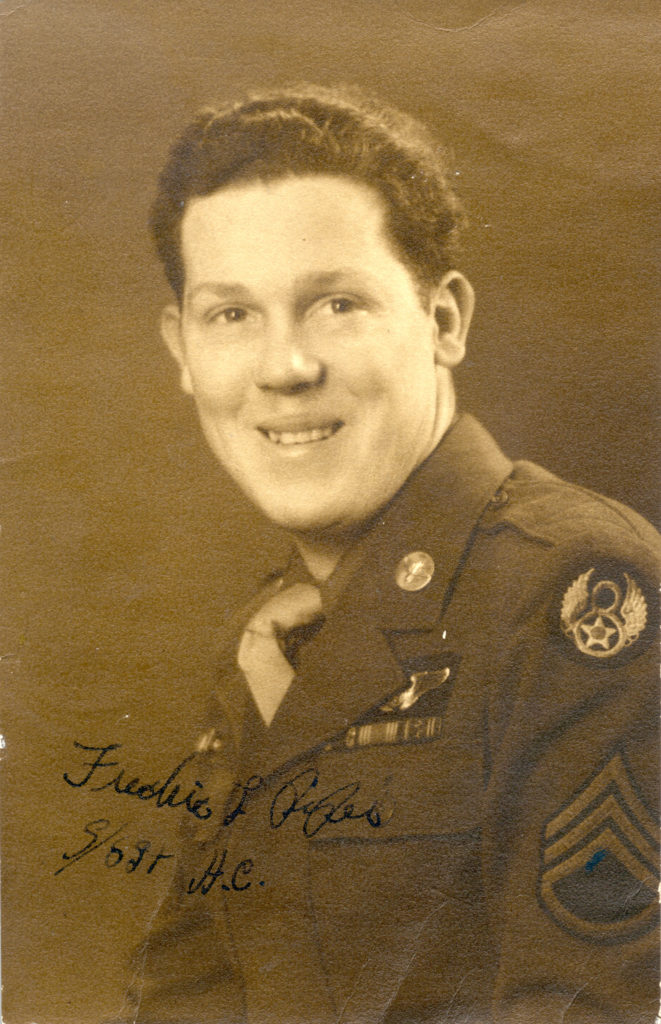
When the boys grew older, they helped their dad build many of the retaining walls in Uptown for the newcomers moving to the town’s first subdivision.
Piper said he remembered this as back-breaking work.
In 1943, Piper was called to service in World War II, but had to ask for a 30-day deferment in order to help neighbor Earl Van Deren bring in his cattle.
Offered the U.S. Army Air Corps, Fred became a ball turret gunner on a Boeing B-17 “Flying Fortress” in October of 1944.
Posted on the underbelly of the plane, his job was considered a particularly dangerous one when the plane and crew were the targets of anti-aircraft fire.
Indeed, Fred Piper’s plane was shot down and he was injured. He was shot in the legs and he would laughingly remember in later years, his “back side” on one run, but still a scrapper, he recovered and was back in his plane in days.
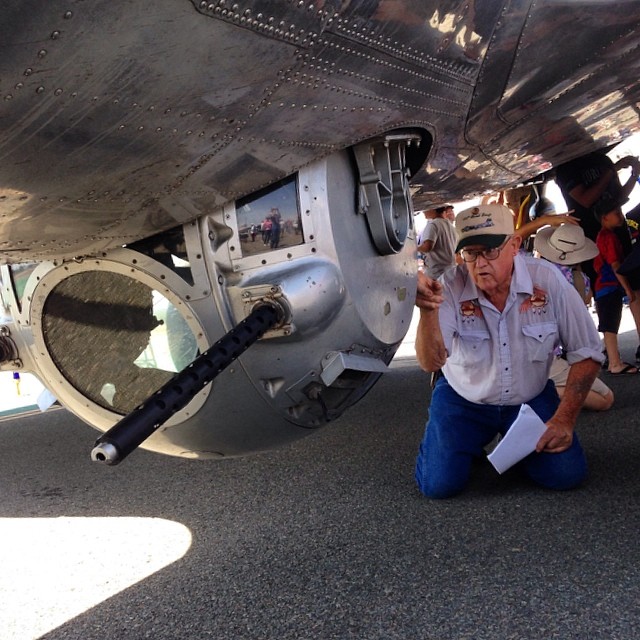
Piper was also checked out as an aerial photographer and had a camera mounted in the ball turret of his plane.
“When we were on a bomb run, I would have my guns pointed straight out with my camera and at ‘bombs away’ I traced the bombs right down to the ground and got the bomb strikes with my camera,” he said. “I was also looking out for anything that didn’t want us up there.”
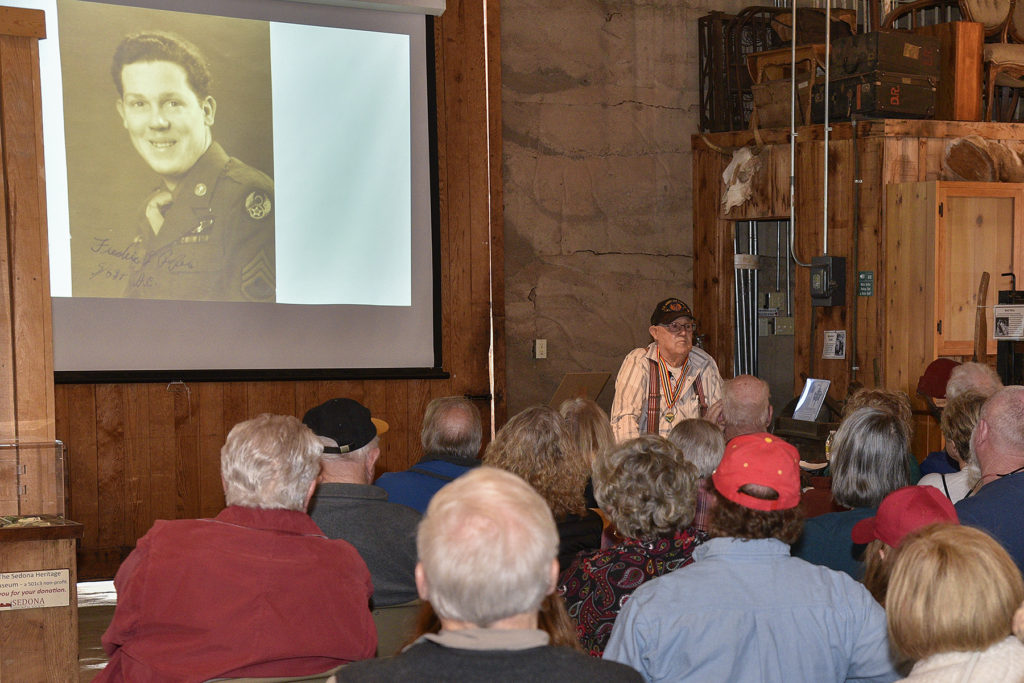
In all, Piper flew 36 missions over Europe and was decorated with a Purple Heart, a Silver Star and a Distinguished Flying Cross.
After his wartime service, Piper found work at a valley sawmill and in the movies made in Sedona. The Piper ranch was a popular location for Hollywood as a movie location.
Piper’s memories of movies made on the family place go back to 1932 when “Robber’s Roost” required construction of a dam, artificial waterfall and a tunnel. His dad used the lumber from the abandoned tunnel set to build the family home.
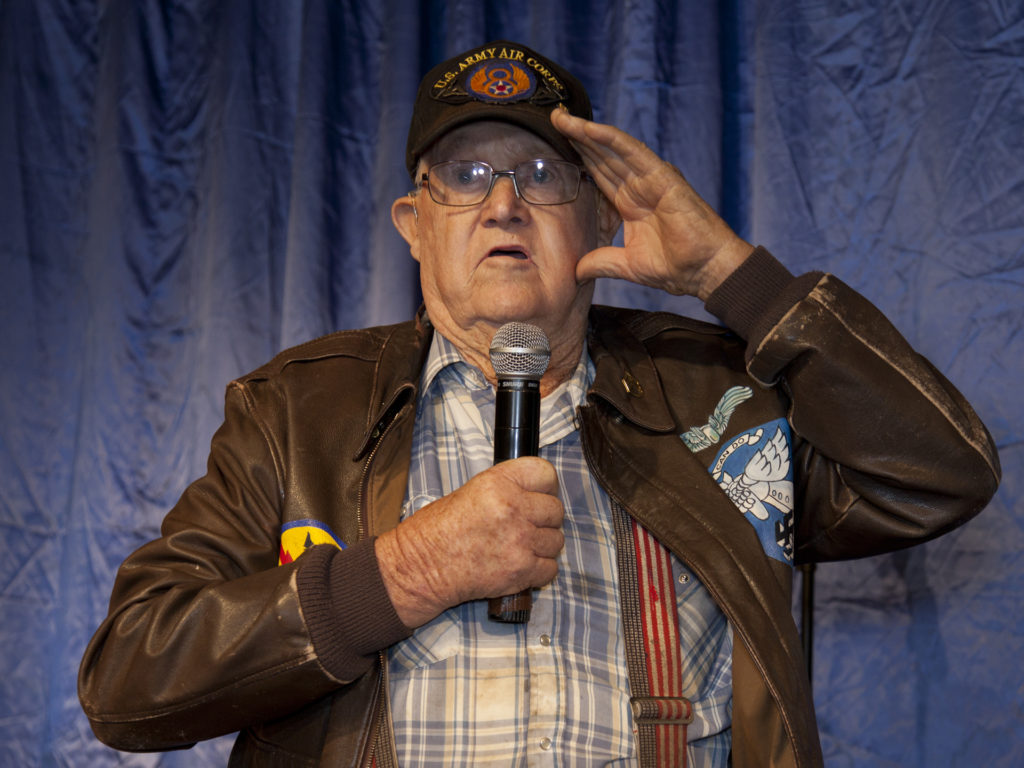
In the 1952 film “Pony Soldier,” their house was disguised with pine trees to make the setting appear to be the Canadian Rockies. Piper also worked as an extra and said he could pick himself out in several of the old Westerns made in Sedona, and a couple movies made in Monument Valley.
For Republic Studios on “Angel and the Badman,” he remembered John Wayne loved to play dice. Piper told stories that as soon as the cast and crew got on the bus to come back to town from a day of shooting, Wayne would pull out his dice and get a craps game going on the bus.
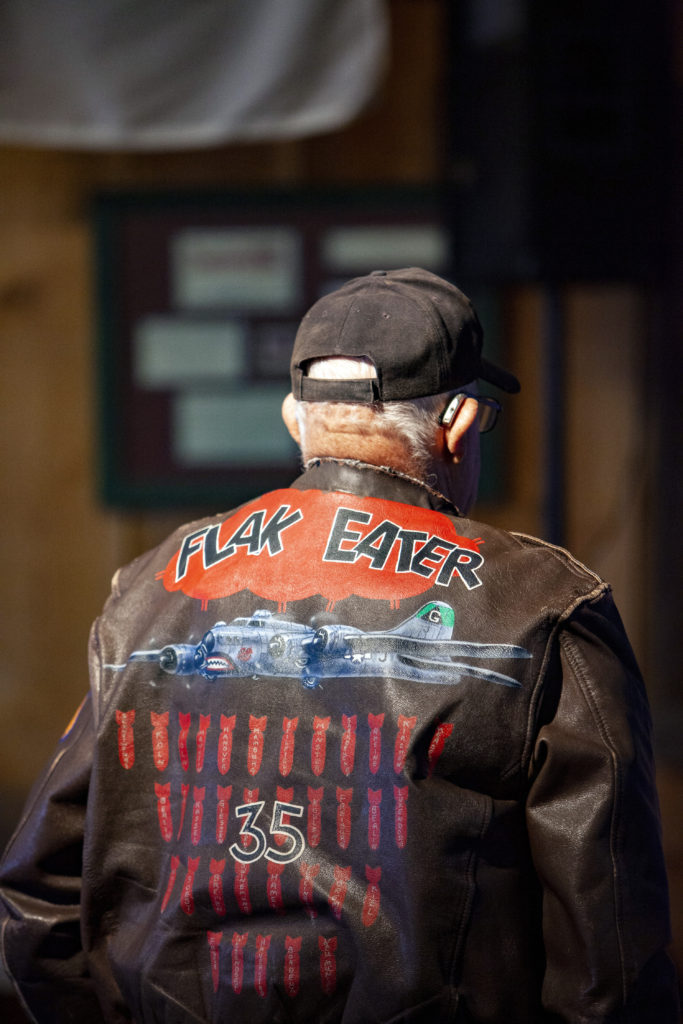
One of Piper’s jobs for that film was to paint the brand new western street movie set. He laughed all the way to the bank when he remembered being instructed to paint shadows on the buildings — and then re-painting them to represent different times of the day.
In 1948, Piper joined the Teamsters Union and moved to Cottonwood. He worked road construction on Interstates 17 and 40 and on Verde Valley roads. He spent his career as a heavy duty mechanic, welder and crane operator, retiring from Phoenix Cement in 1987. Perhaps because of his career, Piper enjoyed collecting all kinds of car parts, fencing and general “stuff” that might someday make their way into a project.
Piper was known throughout the Verde Valley as an excellent mechanic and welder. If something needed repaired, he was who people could count on to get it fixed.
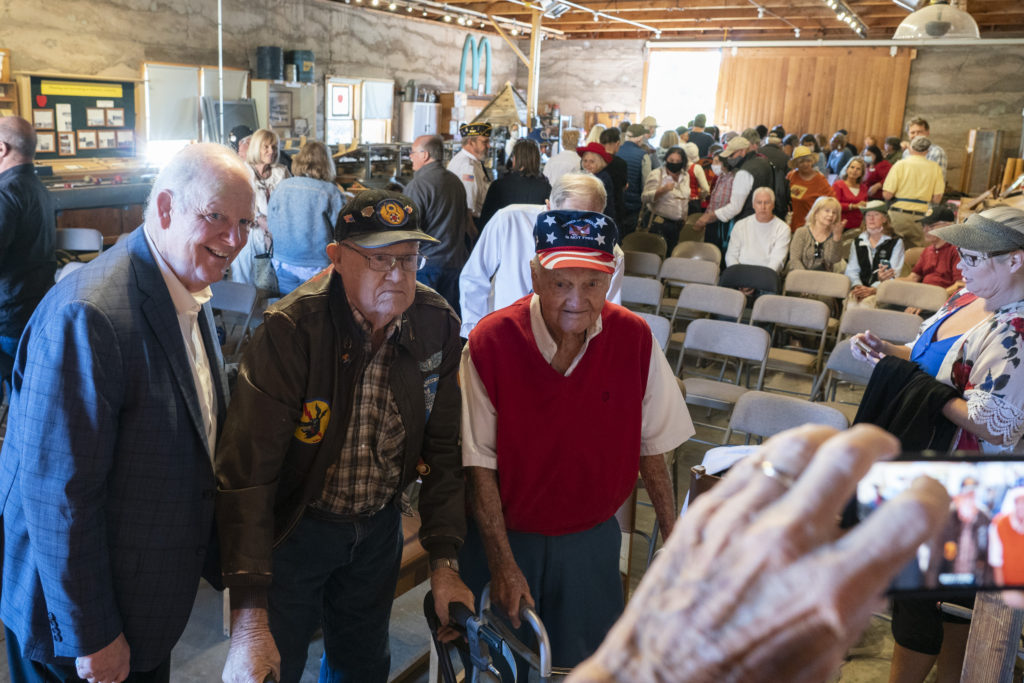
Duly proud of his military service, Piper was flown on an Honor Flight in 2017 sponsored by the Honor Flight Network, a nonprofit organization that honors America’s veterans by transporting heroes to Washington, D.C. to visit and reflect at their memorials.
He was a regular participant in the Sedona Coffee with a Vet program. He was the last surviving World War II veteran of the “Sedona Boys,” as he called his fellow veterans and Sedona residents who also served during World War II.
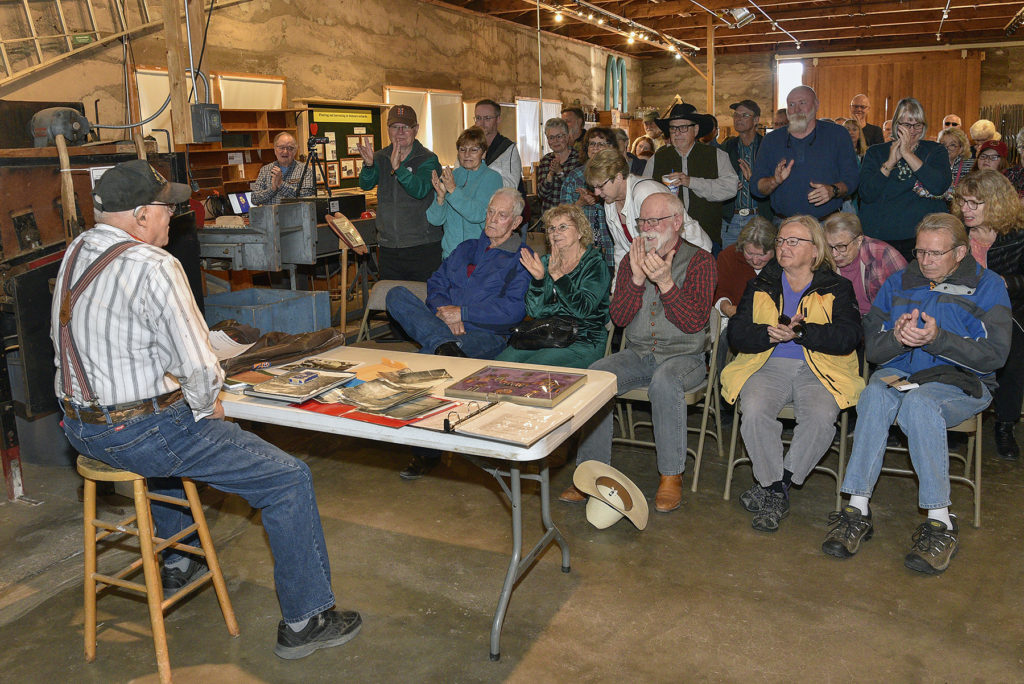
Survivors include his youngest brother Bob Piper of Prescott, son Freddie [Ellen] Piper of Cottonwood, daughter Regina Williams of Chino Valley, and great-grandsons Zachary, Mitchel and Sydney.
No services are planned. Private services pending.




